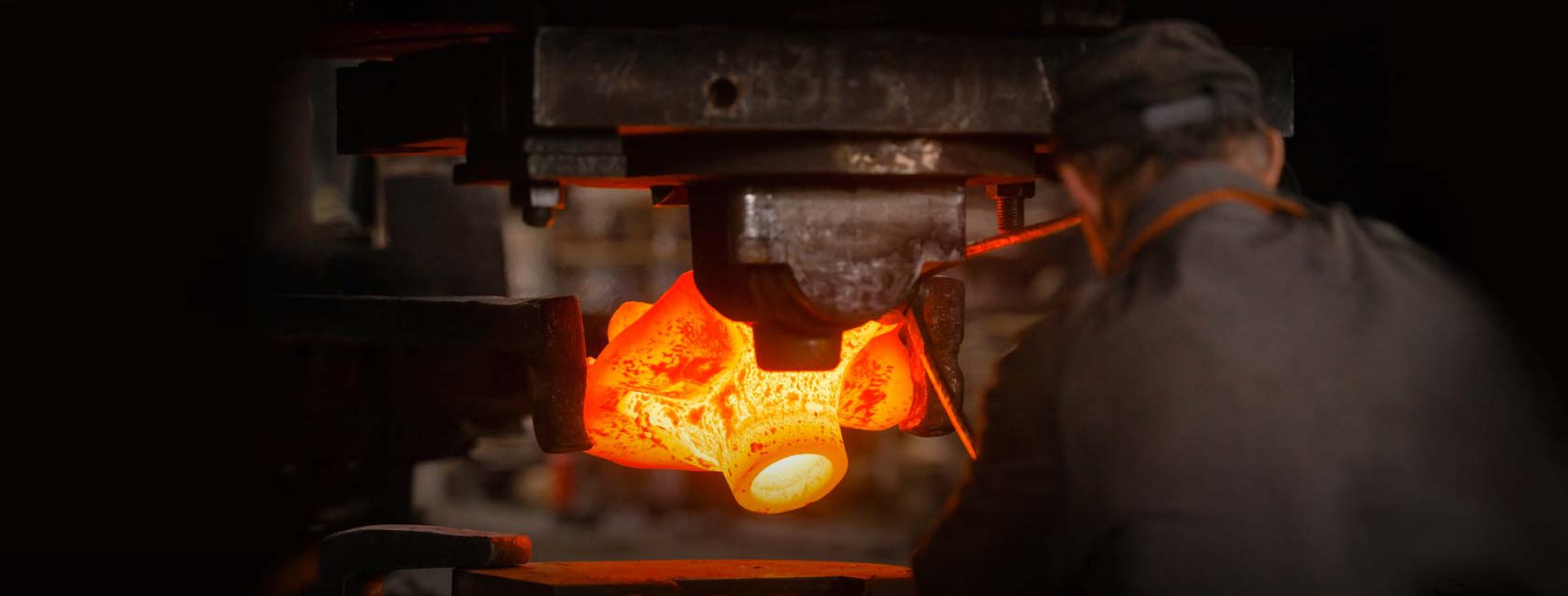Sometimes, for a same steel part, it could be made in 3 kinds of different of ways: Steel Casting, Steel Forging, and Machining from Material.
Steel Casting: The steel ingots is molten and poured into casting mold which takes the rough form of the item to be produced, cooled then usually shot blasted or sand blasted to get smooth surface. During casting process, No grain flow is present nor does the item have an increased directional strength. This is the most cost efficient method of steel-product manufacturing, but the end-product is not so strong/durable.
Machining from Material: This is what companies are referring to when they say ‘Billet’. The plate or billet is simply placed directly onto the cnc machine and is cut until finished. Most companies will think billet as being the strongest as it retains the original grain flow, however, this grain flow is uni-directional, therefore on items which are not symmetrical, the machining exposes the grain ends which makes the item more susceptible to fatigue and stress. This is a very cost-inefficient method of steel-product manufacturing due to the large waster of material, but is the most versatile of all methods when it comes to custom one-off items and, where a ‘cast’ item is not strong enough, this method is mostly used for small order production. The end-product is only as strong as the ‘cut’ it was made from (heat treatment etc aside), which is why the choice of steel is important.
Steel Forging: With the most commonly used method for critical components, the steel billet is heated and placed into upper and lower dies. The heated metal is put under extreme pressure and forced into the shape of the ‘die’. Unlike the ‘cut’ that it once came from, the grain flow is directional and has been orientated in a way to increase strength/toughness (i.e increases steel ductility and impact resistance). Also, as no grain ends are exposed, a forged item is less susceptible to fatigue and stress.
So, How Steel Forging Increases Strength?
- Forging produces predictable and uniform grain structure and flow characteristics which Increase Directional Strength.
- Forging eliminates internal voids/gas pockets that weaken metal parts, providing superior chemical uniformity and Increased Structural Strength.
- Forging ensures proper orientation of grain flow, thus maximizing fatigue resistance and Increasing Impact Strength.
In summary, the steel forging process adds an approx. 30% increase in strength/toughness over original billet it was made from. Compared to steel casting, the initial tooling costs of forging are much more expensive, thus it is required to manufacture in high quantities to ‘break-even’ on the initial expense. But considering steel forging advantages, this is a very cost-efficient method for large volume production.
CFS Forge could customize a variety of steel forgings following the drawing specification. Currently, our steel forgings in closed die forging process can meet the demands of all fields, such as forestry industry, oilfield industry, construction machinery, etc. Thanks to our good quality, we are always keep good business cooperation with our customers.


